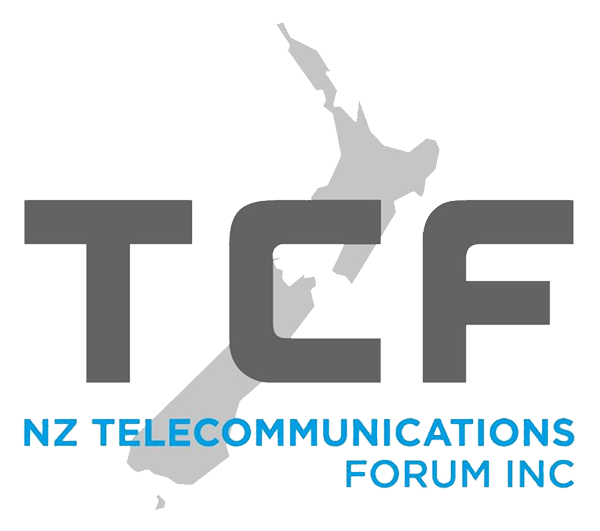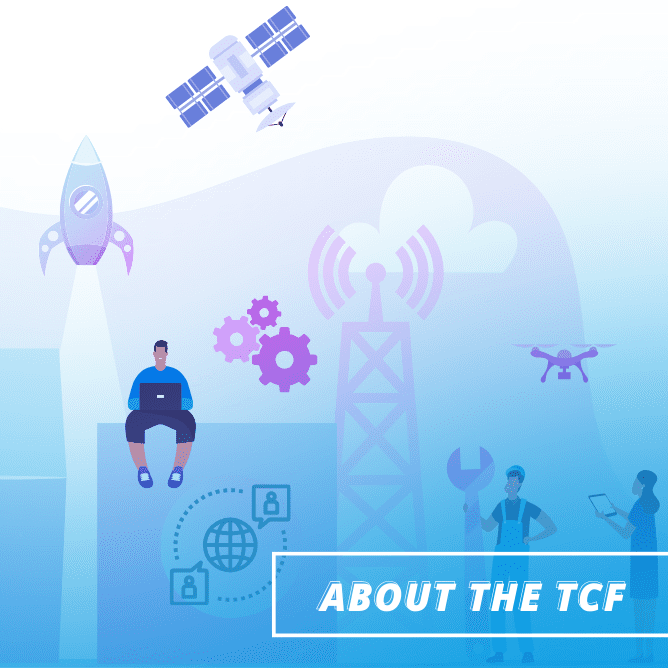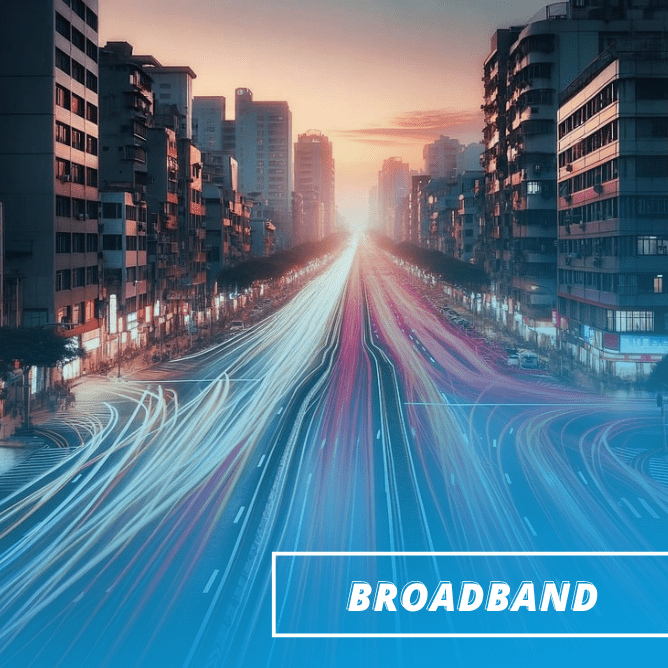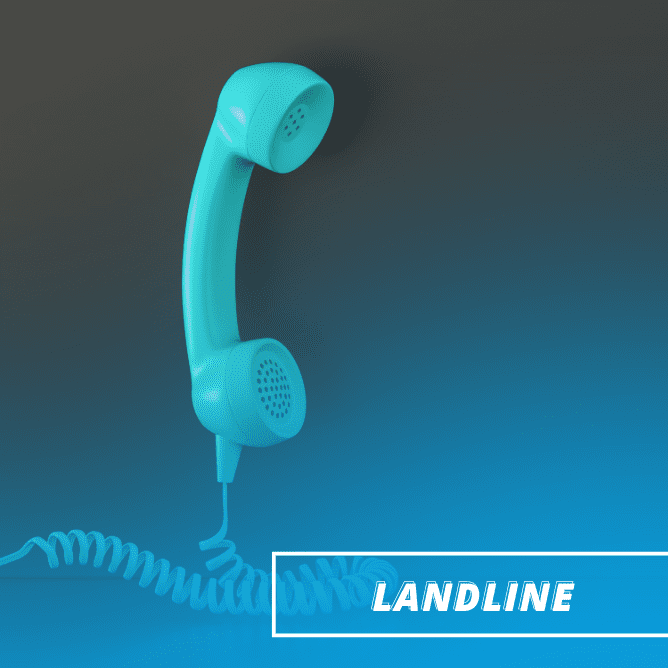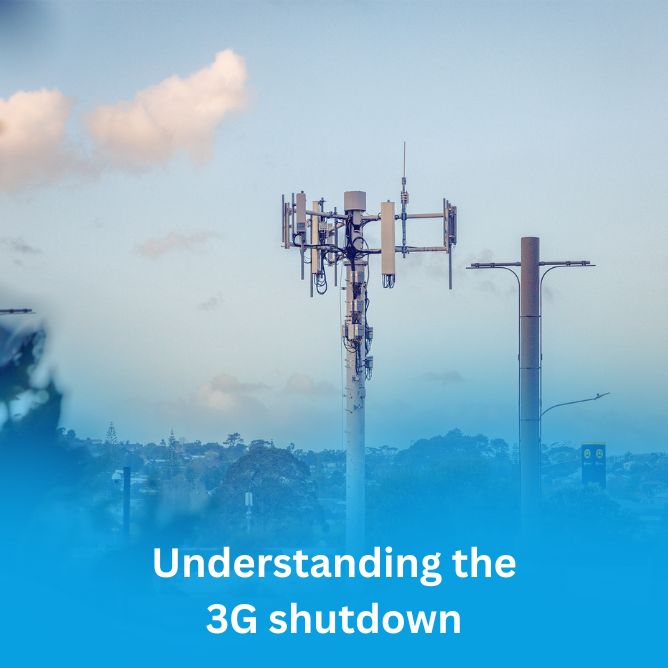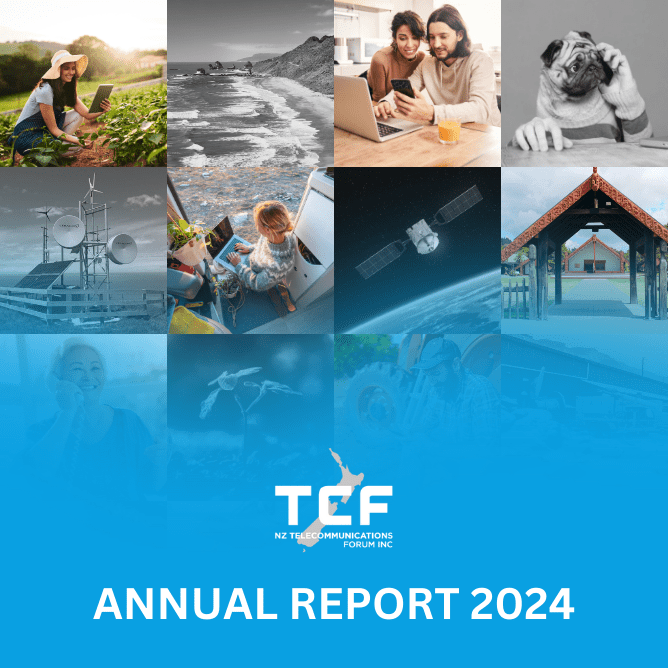The Telecommunications Forum (TCF) co-ordinates the telecommunications industry to work together on anti-scam initiatives. The industry invests in sophisticated filtering systems which detect patterns and volumes associated with scams on their network, to identify and block this activity.
The TCF supports cross sector collaboration and works closely with government agencies (including the police, MBIE’s consumer Protection, DIA, CERT and others) and partners with banking and other financial organisations to directly tackle the issues of frauds and scams.
TCF Scam Prevention Working Group
The TCF has a dedicated Scam Prevention Working Group of members that actively monitor scam calling and text notifications, working with key stakeholders in the banking and government sector to identify and block scam calling activity across all New Zealand networks.
Representatives meet quarterly to monitor the TCF Scam Prevention Code (the Code) and developments in scam call prevention technology. Alerts about scams are reported to both New Zealand and Australian providers daily through those agencies who are signed up to the Code. Telecommunications Providers are then able to investigate and if necessary, block numbers to reduce harm to consumers.
The DIA also provides a daily report to both New Zealand and Australian mobile network operators via their 7726 SMS messaging service. The DIA works with Mobile Operators and law enforcement agencies to investigate harmful text messages where a domestic sender can be identified and, where appropriate, the DIA will undertake enforcement action.
TCF Scam Prevention Code
This Code formalises a process and defines minimum standards between industry participants, to identify and block Scam Calling and Scam SMS activity. It requires Code signatories to work proactively and collaboratively with the relevant external bodies to mitigate the risks to end users.
The Code enables a process where consumers and agencies can report scams using mobile or landline numbers directly to the TCF, who will then forward the scam call information to the telecommunications providers for blocking.
Signatories to this Code:
- 2degrees
- Bulletin
- Compass Communications Ltd
- Connexus Interactive
- Devoli
- Modica Group
- NOW
- One New Zealand
- Sinch
- Spark
Since 2018, the following agencies have signed up to the code:
- CERT NZ
- Commission of Financial Capability (CFFC)
- Department of Internal Affairs (DIA)
- Financial Markets Authority (FMA)
- Netsafe
- Inland Revenue Department (IRD)
- ASB
- ANZ
- BNZ
Other measures:
Number Porting Fraud Prevention
In 2020 the industry recognised a spike in instances of fraud occuring via number portability. Since the identification of number porting fraud in New Zealand, mobile phone service providers have worked hard to stamp it out by working together to introduce a number of preventative measures:
Verification of ID for SIM swaps
Mobile phone service providers have tightened up the requirements for customers to verify their identification when requesting that a number be shifted to a new SIM card. Customers can now only do a SIM swap in person at a store and are required to provide identification to action this. This additional security step has resulted in a significant drop in fraudsters being able to use this process to gain access to consumer’s personal account information.
2-Factor Authentication (2FA)
In 2022, mobile operators introduced a 2FA step as part of the number portability process to ensure that customers can securely port their number to a new provider. Customers now receive a text message alert when a porting request is made, which the customer must proactively reply ‘yes’ to authorise the port. This 2FA step also enables the customer to quickly raise concerns if the request is fraudulent. The initiative has essentially stopped this type of porting fraud in New Zealand and made it much harder for fraudsters to gain control over your phone number via the porting process.
Free mobile phone IMEI look-up service
The TCF provides a free mobile phone IMEI look up service so customers buying second hand mobile phones can tell if they’ve been stolen and block listed.
The IMEI is a serial number specific to each handset. Block listed phones won’t work on any New Zealand network.
